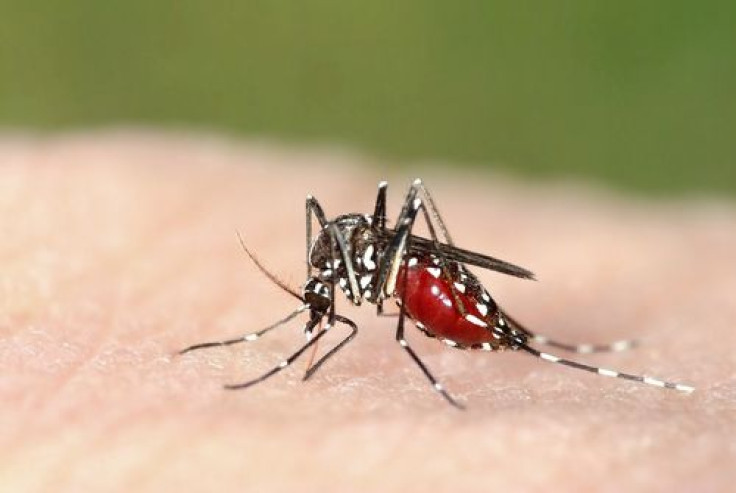Climate Change May Help Dengue-Carrying Mosquitoes Get To Europe

Climate change may not only cause natural calamities, as well as a loss in biodiversity, it may also help spread diseases. Dengue, the fastest growing vector-borne disease, which is currently confined to tropical and sub-tropical regions, will soon spread to popular European holiday destinations if climate change continues to persist.
That is the prediction that emerged in a study conducted at the University of East Anglia, and published in the open-access journal BMC Public Health. The researchers collected data from Mexico, currently a hotspot for dengue, and combined it with climate pattern information in countries in the European Union. This enabled them to model the likelihood of the disease spreading to Europe. Coastal regions in and around the Mediterranean and Adriatic seas, the Po Valley, and northeast Italy were most at risk, according to the study.
Dengue is a mosquito-borne viral disease. It is predominant in the tropics and the subtropics where warm and humid conditions allow mosquitoes that spread the virus to thrive. The World Health Organization (WHO) estimates that over 40 percent of the world’s population is at risk of dengue, which causes approximately 12,000 deaths, mostly in Southeast Asia and the western Pacific.
In the 1970s, only nine countries had reported dengue outbreaks. But in the past few years, outbreaks in European countries like France, Croatia, Portugal, and in North America, have hinted that the disease is becoming a global problem. The reason for this has been attributed to a population influx and global travel. According to WHO, international trade in goods like used tires and bamboo is also responsible for the spread of the mosquito, as these objects are perfect breeding grounds for them. Since the mosquitos are resilient enough to breed even in the cooler European climate, the researchers wanted to estimate how changing climates would affect its spread.
First, they analyzed how climate variables, such as temperature, humidity, and rainfall, and socioeconomic factors like population and GDP influenced the spread of the disease in Mexico. This data was then used to estimate dengue fever cases in the 27 EU member countries over four time periods: baseline conditions from 1961 to 1990; short-term, from 2011 to 2040; medium-term, from 2041 to 2070; and long-term, from 2071 to 2100.
The long-term projections estimated an increase in the number of cases from two per 100,000 inhabitants to 10 per 100,000 in some places. The areas most at risk were along the Italian coast and the Po Valley in Italy, the Spanish Mediterranean, and southern Spain in general.
"Our study has shown that the risk of dengue fever is likely to increase in Europe under climate change, but that almost all of the excess risk will fall on the coastal areas of the Mediterranean and Adriatic seas, and the northeastern part of Italy, particularly the Po Valley,” lead researcher Paul Hunter said in a statement.
While the authors admit that the results may be skewed due to the fact that Mexico has less summer-winter variation than Europe, which in turn affects mosquitoes' survival and overwintering, the threat is still present and further research needs to be conducted in order to strengthen their model.
"The exact incidence of dengue fever is dependent on several other factors, some of which we were unable to model at this stage," Hunter said. "Nevertheless, public health agencies in high risk areas need to plan, implement, and evaluate active reporting of mosquito populations and clinical surveillance by local doctors. Work should be carried out to improve awareness of the increased risk among health practitioners and the general public.”
Source: Bouzid M, Colón-González F, Lung T, Lake I, Hunter P. Climate change and the emergence of vector-borne diseases in Europe: case study of dengue fever. BMC Public Health. 2014.



























